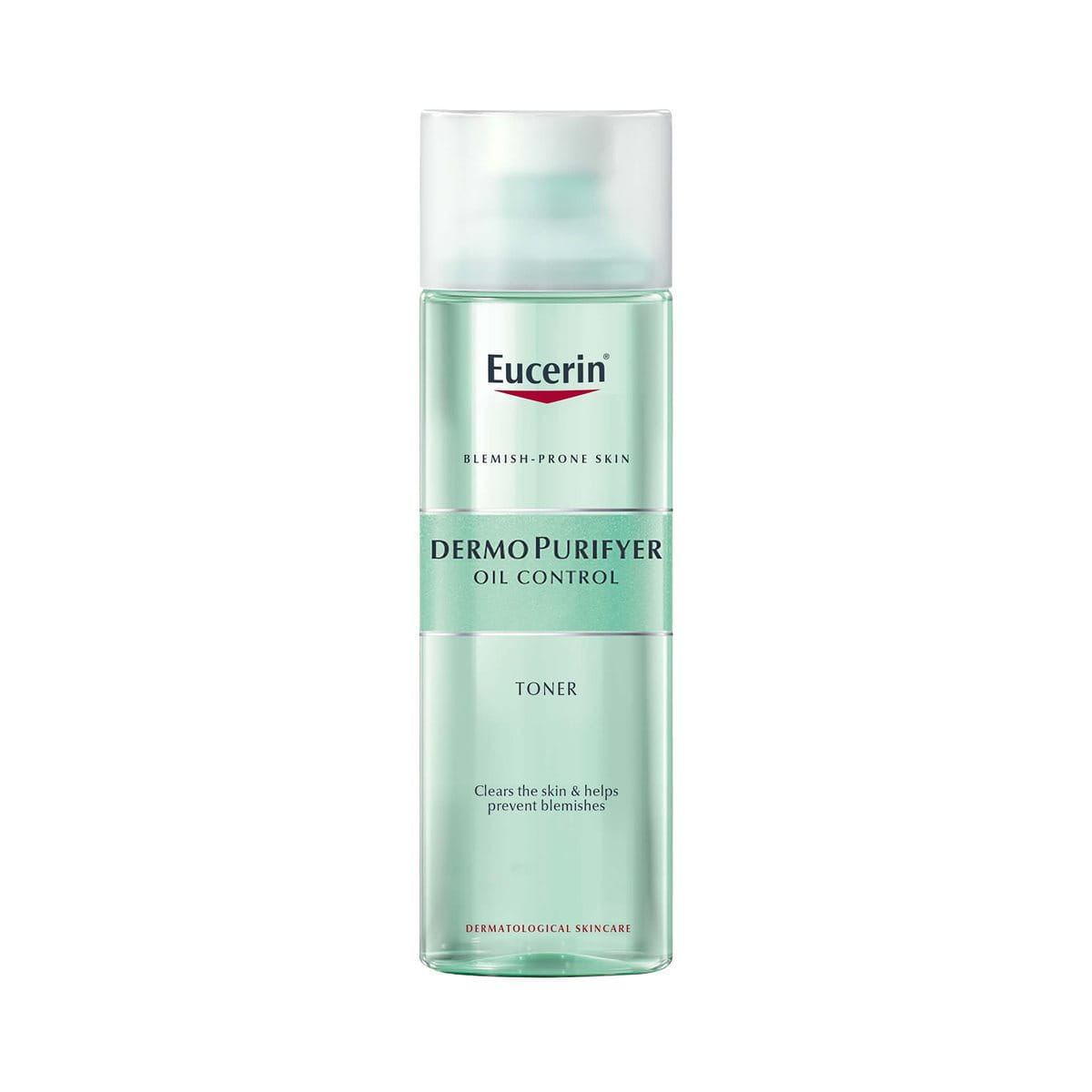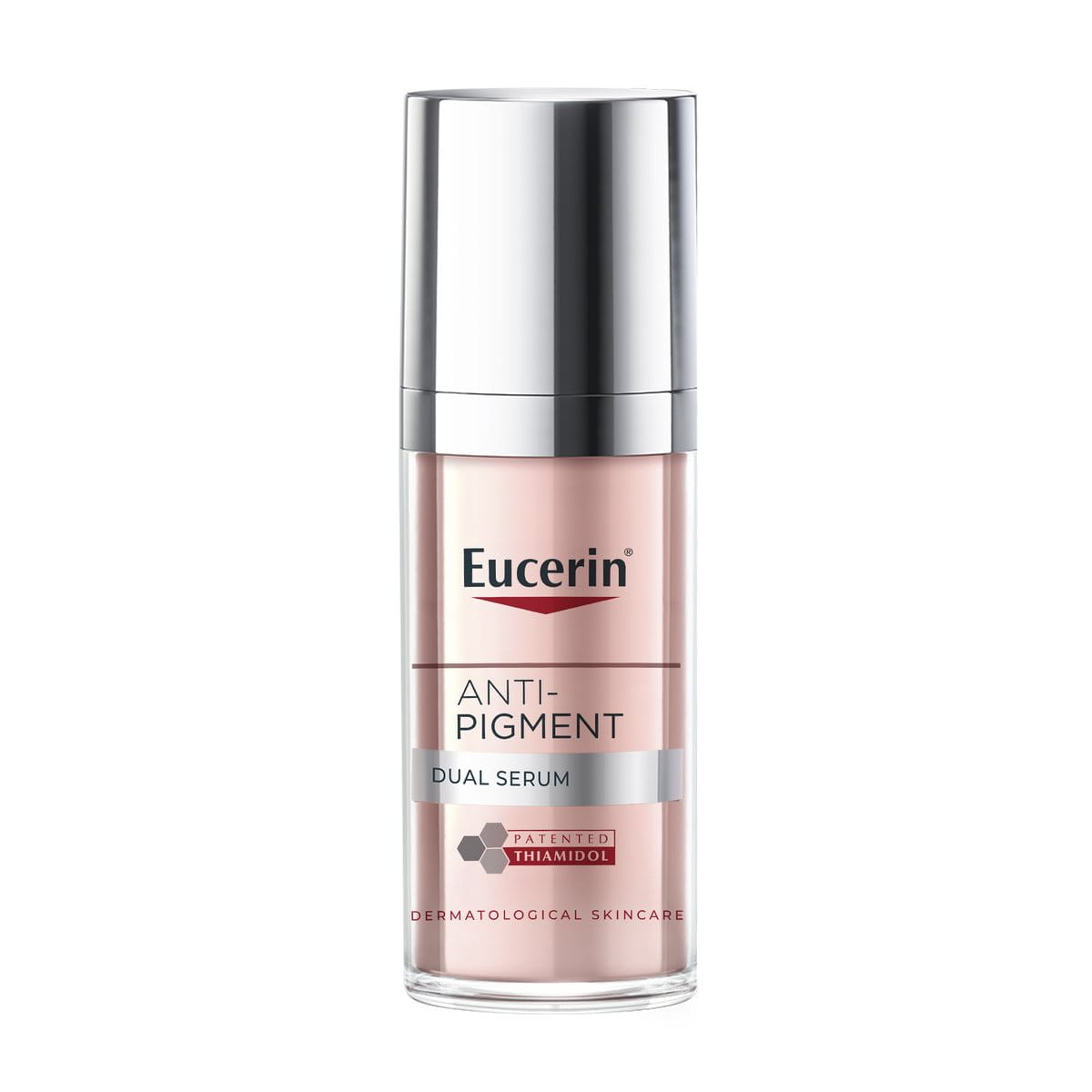The lessons on pH go beyond high school chemistry. If you’re big on skincare and love experimenting with new regimens and products, understanding what is pH and its role in skincare is crucial.
Keynotes:
- Understanding what is the pH value of skin is crucial for maintaining balanced, strengthened, and healthy skin.
- The human skin maintains a slightly acidic range between 4.7–5.75 to support barrier function, moisture retention, and microbial defence.
- Imbalanced pH in skin is often caused by harsh cleansers or alkaline products. It can lead to acne, dryness, and irritation.
- Using pH-balanced, soap-free skincare helps maintain the acid mantle and skin health. Dermatologically tested products like Eucerin’s DermoPurifyer range can support pH balance and skin clarity.




